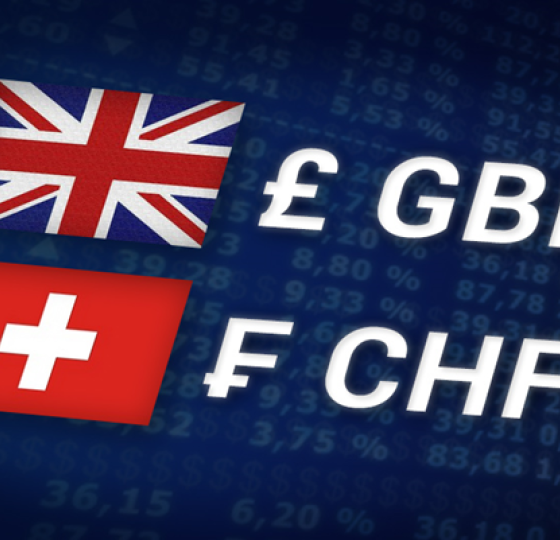
Source: PaxForex Premium Analytics Portal, Fundamental Insight
Dividends are an attractive factor for buying stock. After all, it's nice to get paid just for owning something. When looking at stocks with high dividend yields, there are often three sectors: utilities, real estate investment trusts (REITs), and telecommunications. These companies usually have very stable cash flows, allowing them to pay above-average dividends to shareholders.
Among the telecom companies is Verizon Communications, the second-largest service provider after AT&T. Its stock has an attractive dividend yield of 6.89%. Often, when a stock's dividend yield rises above 5%, it is seen as a warning sign that the company will not be able to sustainably pay its dividends.
Should Verizon shareholders be worried? Or is there another reason for the high yield?
Verizon stock has had a tough year; it's down 22% this year, less than the S&P 500 index. Oddly enough, most of the decline in Verizon stock has little to do with the company's business. On the contrary, the U.S. Federal Reserve has caused many of Verizon's woes.
As the Fed raises rates to slow the economy and lower inflation, U.S. Treasury yields have risen. For example, you can get a yield of 4.5% on two-year bonds and 4.2% on 20-year bonds. As long as the U.S. government doesn't default on its debt obligations, that's a guaranteed return. So, as an investor, what would you rather buy: a Treasury bond with a guaranteed yield of 4.2%, or a stock like Verizon with the same yield, but with the possibility of a crash or loss of market share?
It's not such a tough decision, which is why Verizon's stock price has fallen while Treasury bond rates have risen.
If dividend payments remain unchanged, yields have an inverse relationship to the stock price. Therefore, when Verizon's stock price fell, as investors sold stock to invest in Treasury bonds, the yield rose.
Assuming that rising Treasury bond rates caused Verizon stock yields to rise, does that make Verizon a screaming buy with its inflated dividend? Let's check the payout ratio first.
The payout ratio shows how much of a company's profits are paid out to shareholders. If this ratio exceeds 100%, the company is unsustainable. Ideally, however, it should be lower so that the company can retain earnings to pay down debt, buy other businesses, or accumulate cash for a rainy day.
In terms of earnings, Verizon is within its historical norms.
You can also calculate the payout ratio using free cash flow. Of course, it's always a good idea to check both methods, as different reporting methods can be deceptive. On the other hand, if both earnings and free cash flow are consistent, the company is likely in good shape.
Fortunately for Verizon investors, the free cash flow method indicates that the company is in good shape, although investors need to watch this trend.
Although Verizon is in good shape, investors should keep an eye on the payout ratio. That said, free cash flow can be volatile, so investors should expect a bit more variability in the numbers.
Even if Verizon's dividend yield looks suspicious, the business behind it is still operating, and it's likely that the stock is behaving the way it is just because of what's happening in the Treasury market. If the Federal Reserve cuts rates to a lower level and investors can no longer buy high-yielding Treasuries, Verizon stock could get a surge of renewed interest, which would drive the price up and lower yields.
If you get into the stock now, you can lock in a dividend payout and have a long-term impact on the income side of your portfolio. But remember, Verizon is a business, and if it loses market share or starts to fail, the dividend yield could fall, unlike U.S. Treasuries, which hold until maturity.
As long as the price is above 37.50, follow the recommendations below:
- Time frame: D1
- Recommendation: long position
- Entry point: 38.75
- Take Profit 1: 40.00
- Take Profit 2: 42.50
Alternative scenario:
If the level of 37.50 is broken-down, follow the recommendations below:
- Time frame: D1
- Recommendation:short position
- Entry point: 37.50
- Take Profit 1: 36.00
- Take Profit 2: 35.00













